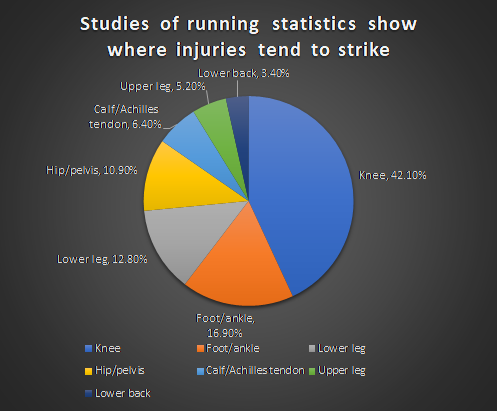The large crowds attracted by the IAAF World Championships in London were an indication of how popular athletics still is in this country, so it’s not surprising that more than one in five UK adults run at least four times a year, according to a study by Sports Marketing
Surveys Inc.
While regular exercise is great for your health and wellbeing, Petersfield Physio treat a lot of local runners at our new clinic in Liss, especially beginners who think more about how far to run than how to run.
Where do the most common running injuries occur?

Whether you’re newly bitten by the running bug, or you’re more experienced but fear you’ve developed some bad habits, we’ve put together some tips to help you avoid injury and enjoy a more comfortable and faster run.
Top posture tips for a better running technique
Running tall. The average adult human head weighs around 5kg, so if you’re leaning forward or looking down, all the weight is being held up by your neck, shoulder and back muscles. But if you’re looking up and “running tall”, that weight is directly over your neck and back, easing their load.
An upright torso, with a straight back, also lets you breathe easier. If you start to slouch during a run, just take a deep breath and you’ll naturally straighten into a better position.
Relax. Keep your shoulders low and loose and your upper body will also be relaxed while you run. If your hands form an unclenched fist, with your fingers lightly touching your palms, this also helps prevent you tensing up. If you feel your arms stiffening, drop them down by your sides and shake them out for a few seconds.
Swing those arms. Your arms swing in conjunction with your legs to help drive you forward so, for maximum momentum, keep the motion backwards and forwards, with your elbows bent at around 90 degrees, rather than across your body.
The hips don’t lie. Your hips are your chassis so a stable hip position, properly aligned and not tilting forward, is key to a fluid, efficient running action while avoiding back pain. Again, an upright posture will help maintain this. Most runners also use their hip flexor muscles too much by over-striding, which can lead to the shortening of the hip flexors and weakening of the glutes.
It’s behind you! Unless you’re sprinting, your feet should land directly underneath your body so you only need a slight knee lift. The longer the foot is on the ground, the more stress there is through the body, so shorter strides help. Over-striding also increases the
force you feel through the front part of your foot by up to 7%, potentially leading to a stress fracture.
In contrast, you should actively kick your heels up higher behind you at least higher than the knee, rather than just let them trail behind. Just watch how Mo Farrah runs – his heels are almost kicking his bum.
Bend the knees. Again, to lessen impact on your joints, your knee should be slightly flexed when your foot strikes the ground so that it can bend on impact and absorbs some of the shock of impact.
Ankles and feet. To run well, you need to push off the ground with maximum force, but your feet should not slap loudly as they hit the ground. Try to hit the ground lightly and, as you roll onto your toes, spring off again. Your ankle must be kept flexed, ready to push you off for the next stride.
Muscle preparation
Good preparation is important for strengthening and activating the right muscles, ie the glutes (bum muscles) and the hamstrings, to propel you forward.
I teach runners some really effective simple exercise drills to:
– increase speed
– reduce effort
– prevent injury.
I also show runners some great stretches to counteract muscle tightness post-run and particularly post injury.
If you’d like more information and advice about how to improve your running technique, prevent or recover from injury, please contact Petersfield Physiotherapy and Sports Injury Clinic or ring us on 01730 267645 for an appointment. It’s a joint process!

Recent Comments